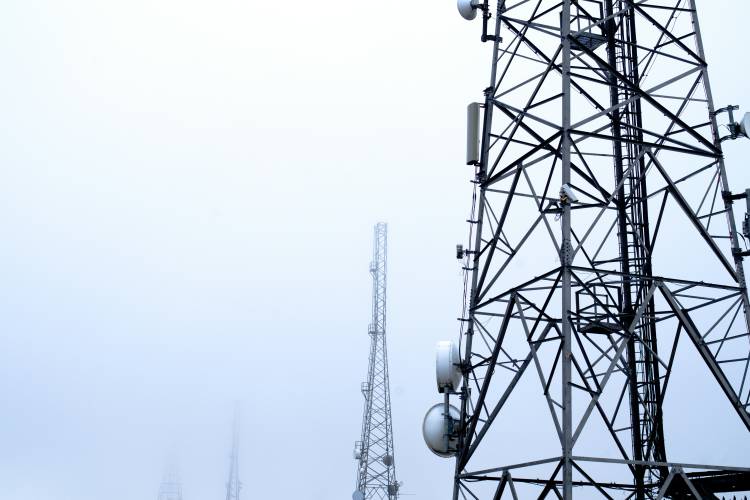
Spectrum allocation in India: The Union government recently submitted a request to the Supreme Court seeking to amend its decision in the 2G spectrum case. However, the government has reiterated its commitment to the Supreme Court’s 2012 judgment and clarified that it is not seeking to administratively allocate telecom spectrum for mobile services. As discussions on the appropriate method for allocating spectrum continue, the government affirms that mobile service spectrum will still be auctioned. Nevertheless, certain sectors specified in the telecom bill will receive spectrum through administrative allocation. This method is currently used when auctions are not technically or economically viable.
The government is seeking clarity on whether it can assign airwaves administratively — without auction — for specific limited purposes, including usage by government entities such as defence agencies. Considering spectrum’s scarcity, the government argues for the discretion to choose how operators are selected for airwave distribution. In its submission, the government explained that spectrum use extends beyond commercial telecom services to include essential functions like security, safety, and disaster preparedness, and thus the 2G spectrum ruling should not apply to these categories. The court’s February 2012 judgment mandated that spectrum can only be allocated via auction.
READ | Economic growth: Inflation under control, but weather and wars pose risk
Acknowledging the 2012 judgment, the government has since issued non-commercial spectrum on an interim basis but aims to establish a more formal framework for spectrum allocation moving forward. This framework will consider alternative methods to auctions, aiming to serve the public interest most effectively.
Spectrum needs for security and beyond
Enhanced transparency and accountability in spectrum allocation remain pivotal. The government must implement stringent measures to ensure that the allocation process is both fair and transparent. This includes detailed public reporting and involvement of independent regulatory bodies to oversee the allocation process. Such measures will not only prevent potential misuses as seen in the past but also foster trust among the stakeholders and the public.
With the passage of the Telecommunication Bill, 2023, the government asserts greater control over spectrum sales and introduces substantial changes to the regulatory framework governing the telecom sector in India. The bill also allows for the administrative allocation of spectrum for satellite broadband services and includes provisions for the government to take control of telecommunications management in national security interests or during wartime.
The issue of whether to allocate spectrum via auction has been contentious, particularly following the alleged 2G spectrum allocation scam in 2008, which involved selling 122 2G licenses on a first-come-first-served basis. Since then, the practice has shifted to auctioning spectrum. Major telecom operators are divided on this issue. Reliance Jio advocates for auctioning all types of airwaves, while Bharti Airtel prefers that only terrestrial access spectrum be auctioned, with satellite and backhaul airwaves allocated administratively. Vodafone Idea agrees, except it suggests that all spectrum except backhaul should be auctioned.
Meanwhile, satellite and tech companies oppose auctions as the sole method for spectrum allocation, citing the complex process that involves various policies and court orders.
Spectrum allocation vs auction debate
Industry insiders argue for legal and regulatory clarity, emphasising that spectrum allocation should primarily serve the public good and facilitate widespread access to telecommunication services. While auctions have promoted transparency and potentially maximised government revenue, they have also created barriers that prevent smaller players from entering the market, allowing dominant players to monopolise spectrum due to high costs.
Additionally, the method of spectrum allocation has a direct impact on consumer prices. Auction-based methods, while generating significant revenue, often lead to higher service costs for consumers as companies seek to recoup their investments. Administrative allocations, if managed judiciously, could mitigate some of these costs, potentially leading to more affordable services for the end-user. This balance is crucial in a market as diverse and price-sensitive as India’s.
India’s telecom sector is undergoing significant changes, and the new bill presents an opportunity to reassess spectrum allocation strategies. The focus must balance transparency and revenue generation with affordability and competition to ensure that spectrum allocation meets the needs of citizens and transcends political and profit-driven motives.

